How Gases Shape the World of Art
When we think of art, we often picture brushes, chisels, or clay. But for many artists working with metal, glass, and ceramics, gases are just as essential as their hands. From the heat that melts glass into flowing forms to the precise cut of a plasma torch on steel, gases help artists achieve what’s impossible with traditional tools.
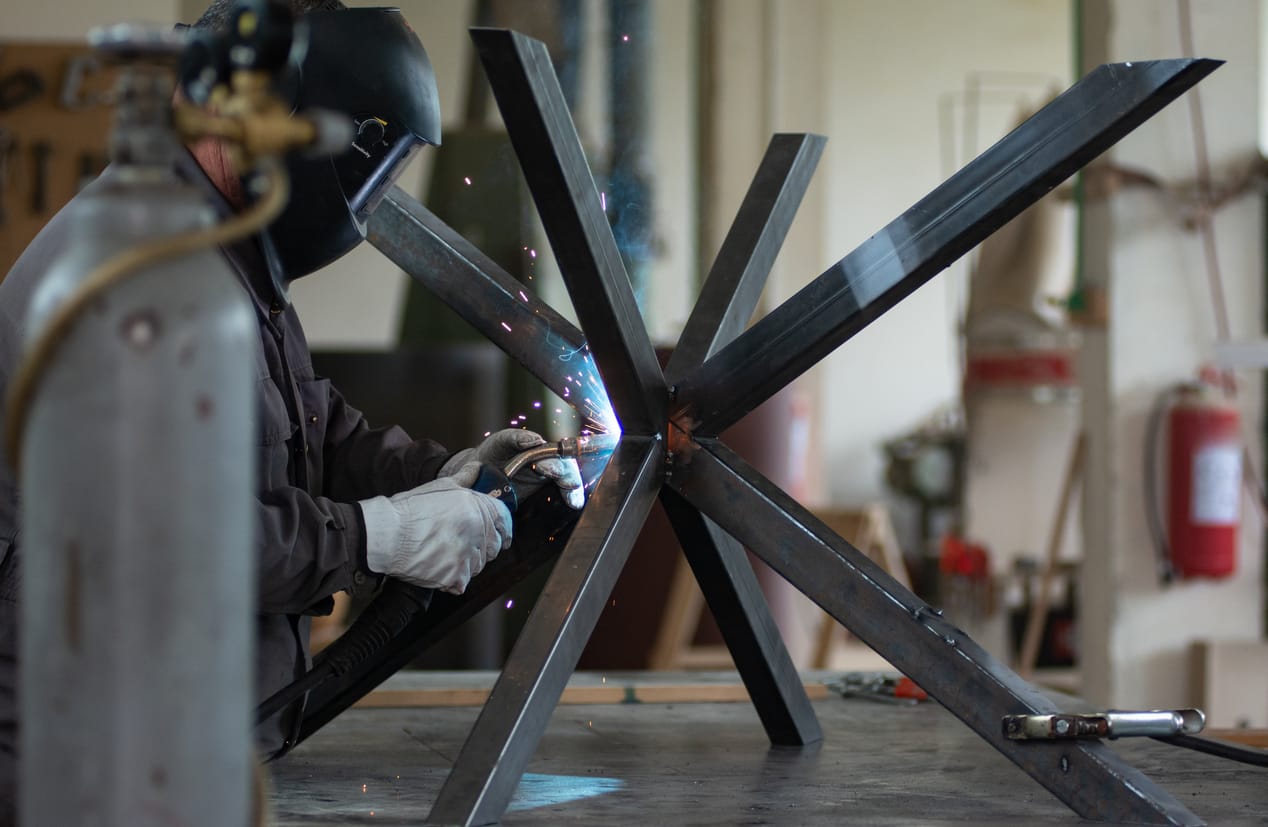
You might be surprised that these invisible elements are at the heart of some of the most exciting and hands-on artistic techniques today. If you’ve ever wondered how those massive metal sculptures or delicate glassworks come to life and how to get involved, keep reading—you’re about to find out how gases play a starring role in the process.
Practical Tips for Artists Working with Gases
If you’re new to using gases in your art, it’s important to start small and stay safe. Begin with manageable projects, like simple metal or glass pieces, and always work in a well-ventilated space. Safety gear is non-negotiable—welding helmets, gloves, and protective eyewear will keep you safe while you experiment. If possible, take a class or workshop to get hands-on experience with these techniques.
Art Beyond the Brush
Find inspiration in these industrial techniques and the artists that have mastered them to create stunning pieces of art:
Shaping Metal Sculpture
Oxy fuel welding’s high-temperature flame allows artists to cut, shape, and fuse metal into various forms. The chemical reaction between the oxygen and the fuel gas produces a flame with a temperature high enough to melt metal, enabling the artist to manipulate the metal in ways that would be impossible with traditional tools alone.
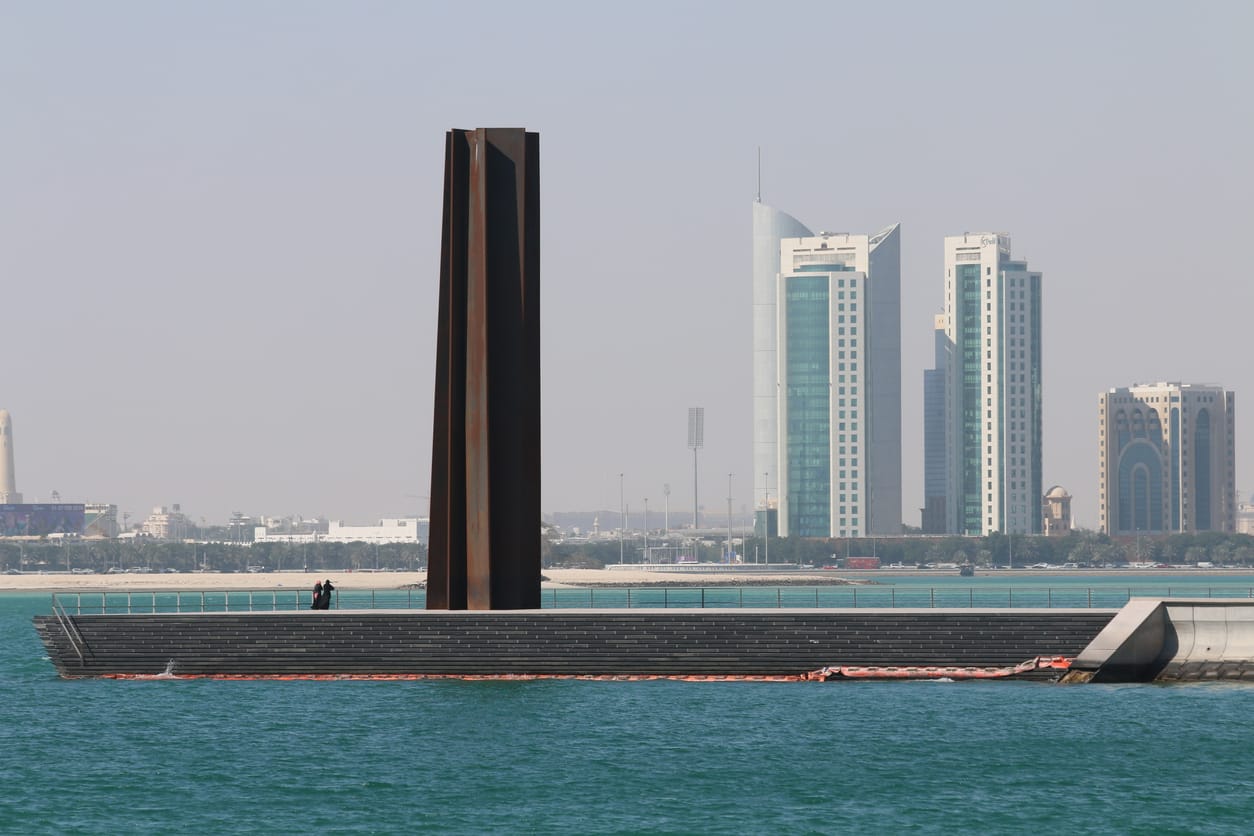
Take the work of Richard Serra, whose massive steel sculptures invite viewers to move through space, interacting with their weight and scale. Without the heat of the oxy-fuel torch, this marriage of industry and artistry wouldn’t be possible. The oxy-fuel gas torch provides sculptors with the ability to work with metal in ways that would be impossible with traditional tools alone, enabling the creation of both large-scale installations and intricate metalwork.
Manipulating Molten Glass
Glassblowing is an art form that relies heavily on the use of gases. Glassblowers use a combination of propane gas and oxygen to heat glass until it becomes pliable, almost liquid-like. The artist then shapes the molten glass using a variety of tools and techniques, including blowing through a pipe to create hollow forms.
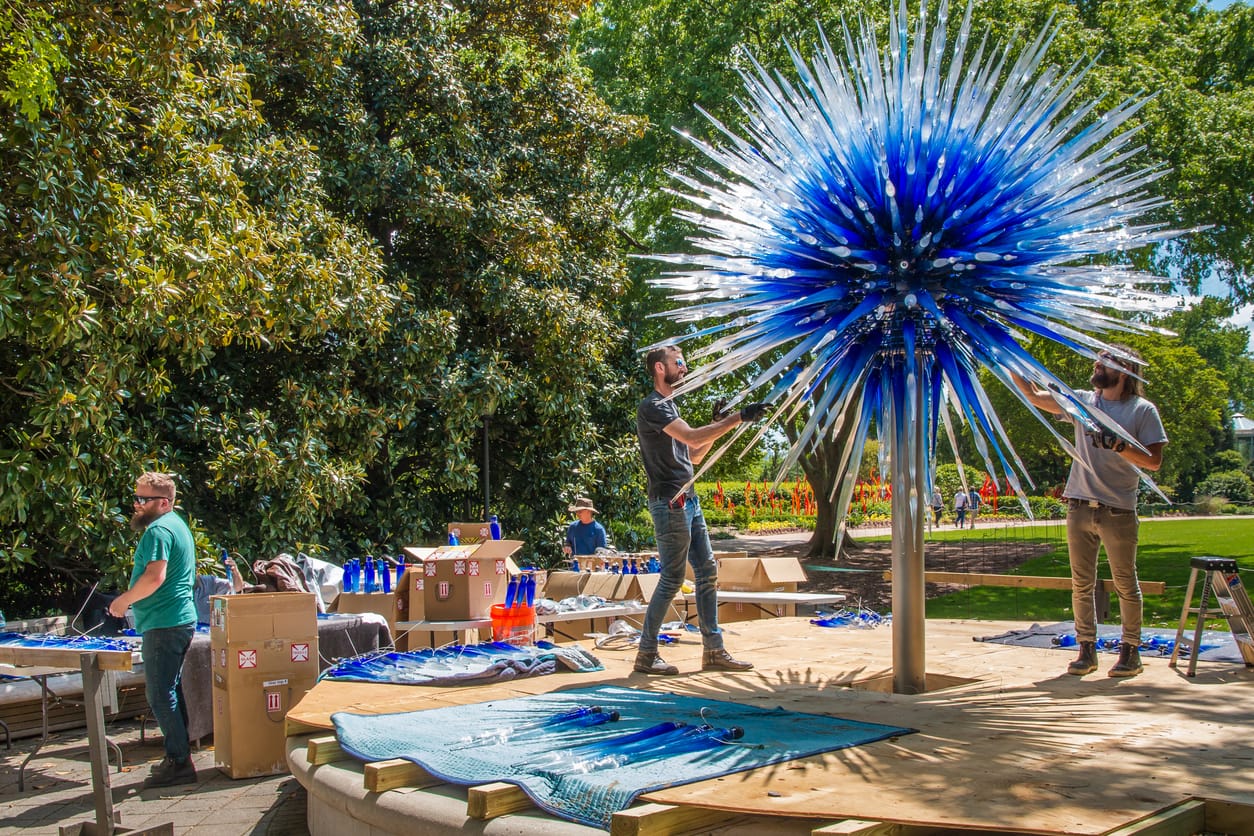
In the hands of an expert like Dale Chihuly, glass takes on a life of its own, twisting and swirling into forms that seem impossibly delicate. The precise control of temperature, achieved through the regulation of gas flow, is crucial in glassblowing. It allows artists to manipulate the glass’s viscosity and work with it at different stages of malleability, enabling the creation of complex shapes and designs.
Precision in Metal Design
Plasma cutting is a technique that uses ionized gas such as hydrogen, oxygen, nitrogen and argon to cut through metal with unparalleled precision. In this process, an electrical arc is formed between an electrode and the metal being cut. The arc heats the metal, and a high-pressure gas jet blows away the molten metal, showcasing the meticulous control artists have over their medium.
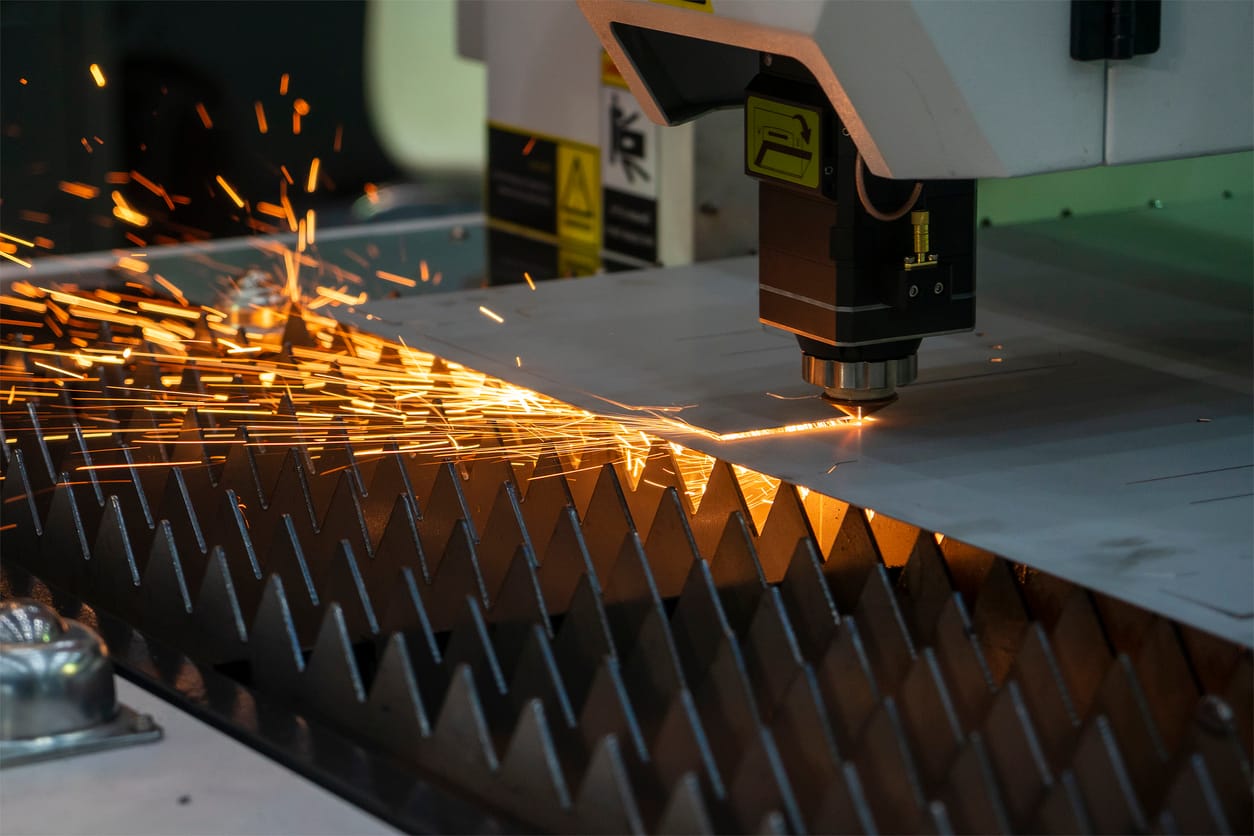
Artists such as Cal Lane use plasma cutting to transform industrial metal objects into lace-like sculptures. Her work plays with the tension between strength and fragility, showcasing how the precise nature of plasma cutting allows for intricate designs that would be nearly impossible with traditional tools. This technique expands the possibilities for metal artists and designers, enabling the creation of detailed patterns and shapes.
The Alchemy of Transforming Clay into Ceramics
In ceramics, gas-fired kilns play a crucial role in the transformation of clay into finished pottery. These kilns, typically fuelled by propane or natural gas, provide a consistent heat source that allows potters to control the atmosphere inside the kiln. This control can significantly affect the texture, colour, and overall appearance of the finished work. 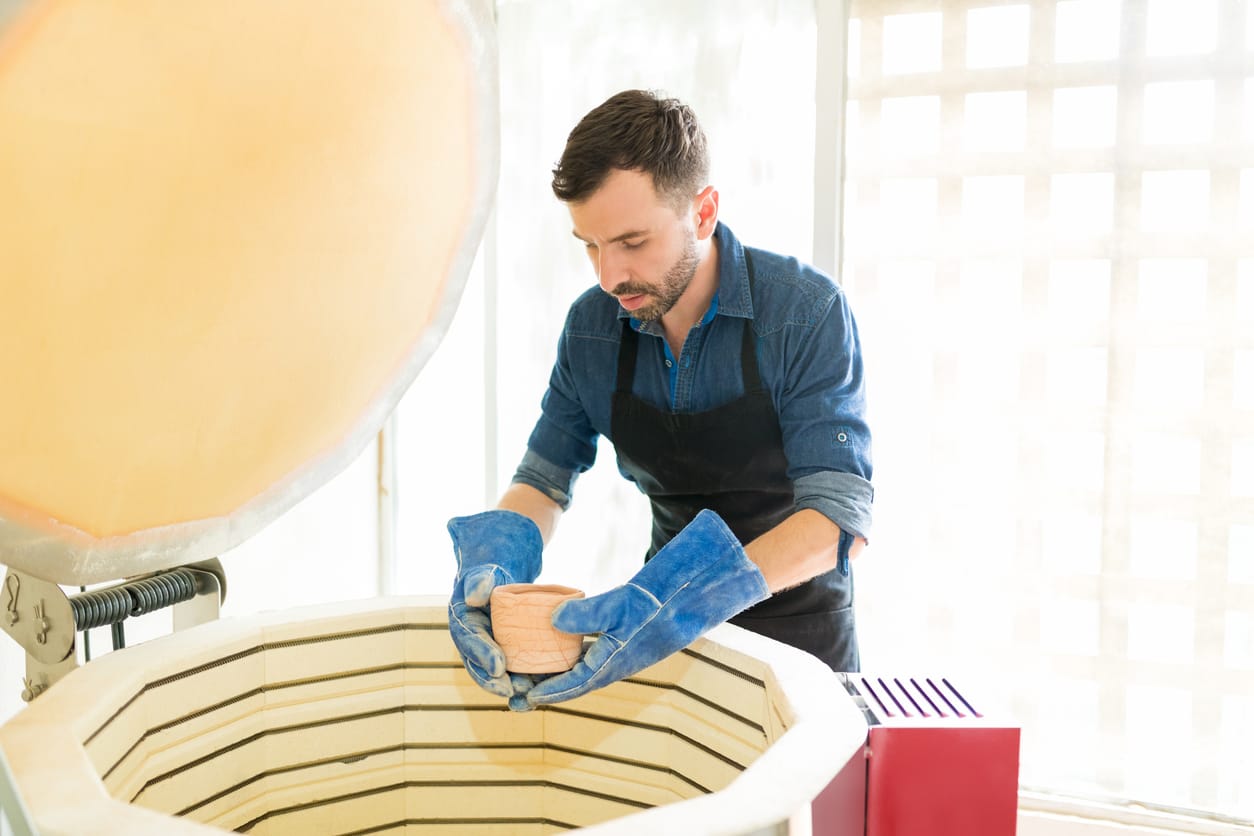
Take Bernard Leach, often considered the father of British studio pottery, who has long used gas-fired kilns to explore the relationship between clay, fire, and form. The subtle variations in the flame, the oxygen levels, and the heat all affect the final piece, making each firing a unique experiment in art and chemistry.
Where to Learn More
If you’re keen to explore gas-powered art forms, there are plenty of resources available to help you get started. Many community art centres and online platforms offer beginner-friendly workshops in metalworking, glassblowing, and ceramics. These classes can provide invaluable hands-on experience with the tools and techniques involved.
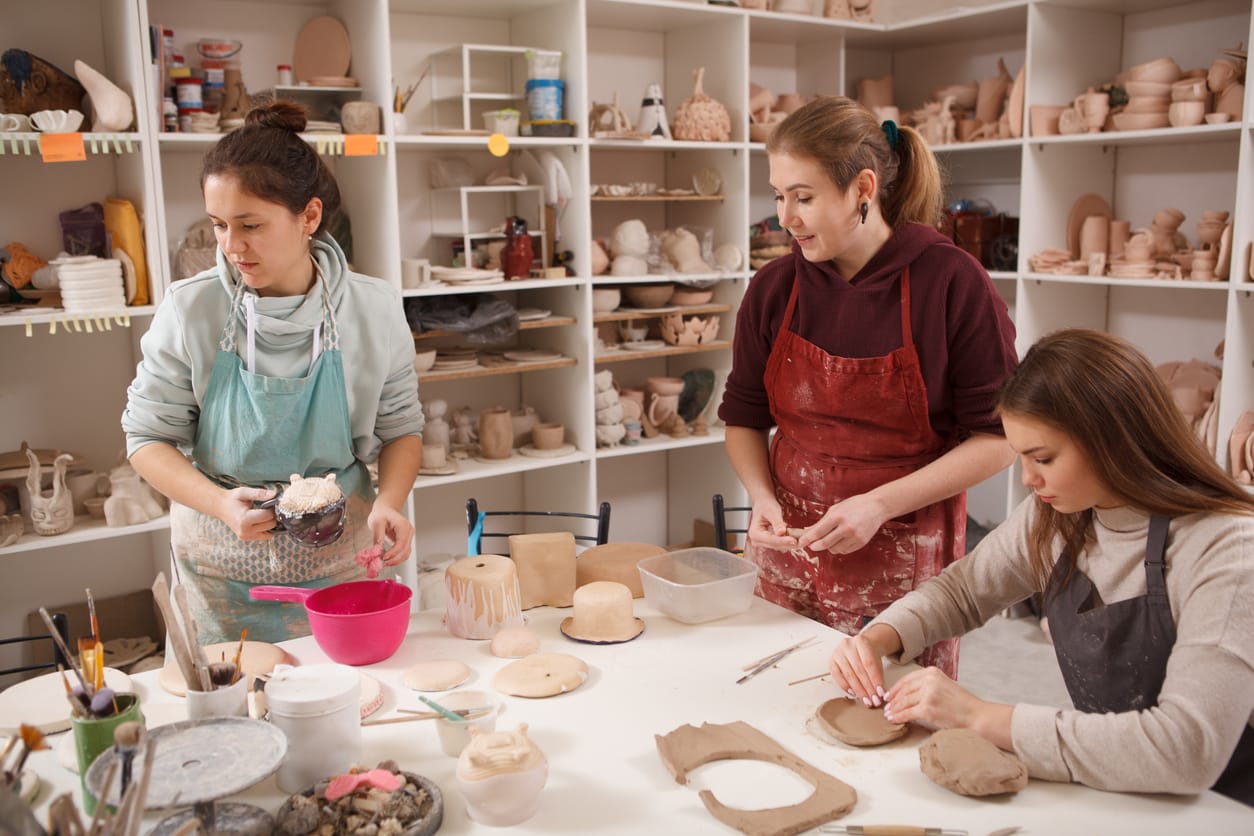
For those looking to dive deeper, there are also online forums and artist communities where you can connect with others exploring similar techniques. Sharing tips, learning from others, and staying curious will help you grow as an artist.
How Bottle Gases Can Help
Bottle Gases can support both individual hobbyists and community workshops with all their gas needs. Whether you’re just starting out with small metal or glass projects or running a larger-scale creative space, Bottle Gases provides high-quality gas supplies for a wide range of art forms.
Our reliable service ensures that artists, schools, and studios have the right gases on hand, whether it’s for TIG or MIG wielding, or a 13kg propane gas bottle for firing ceramics and glassblowing. With Bottle Gases, you can focus on your craft, knowing that your gas needs are covered. Get in touch today.

